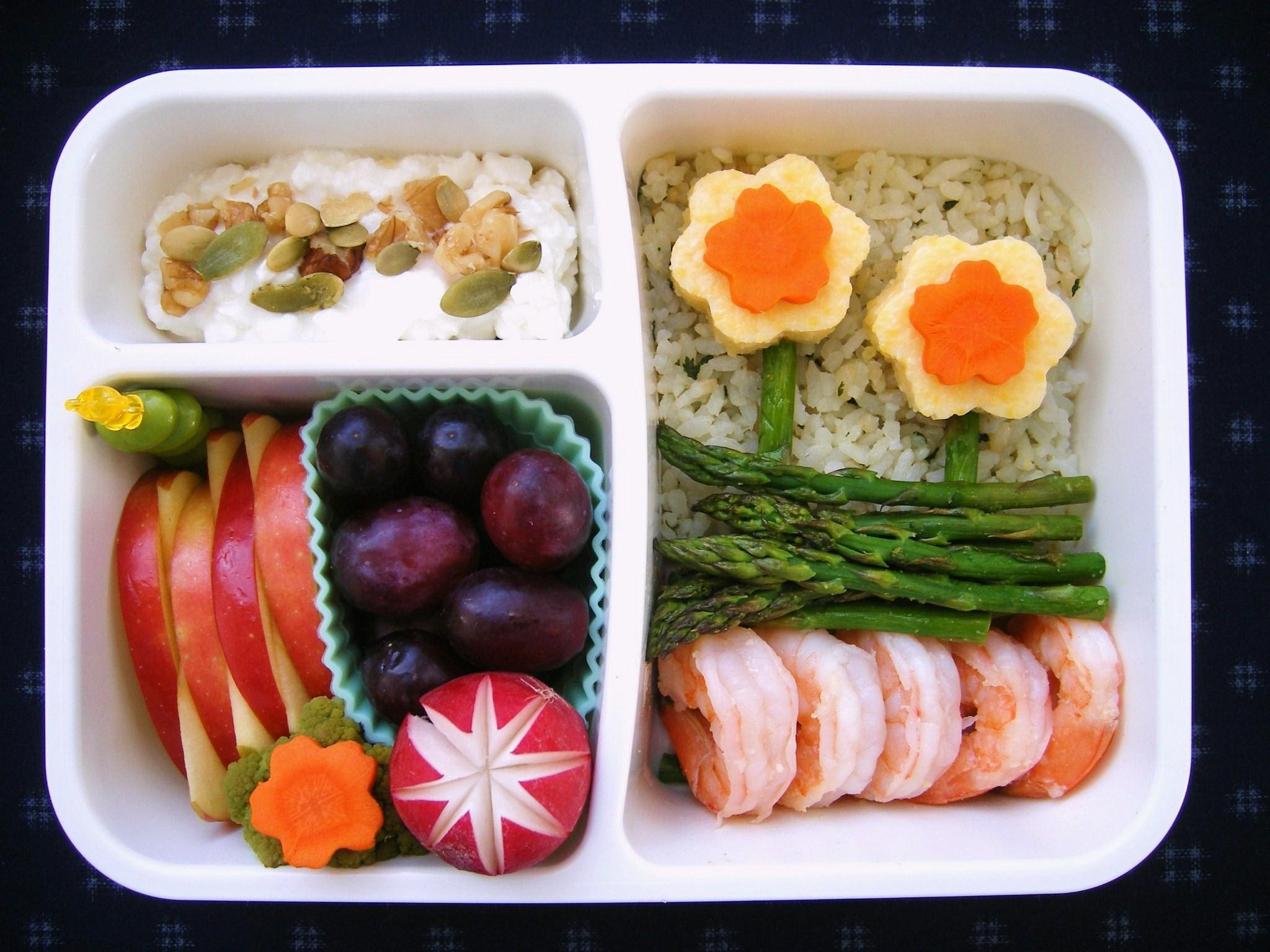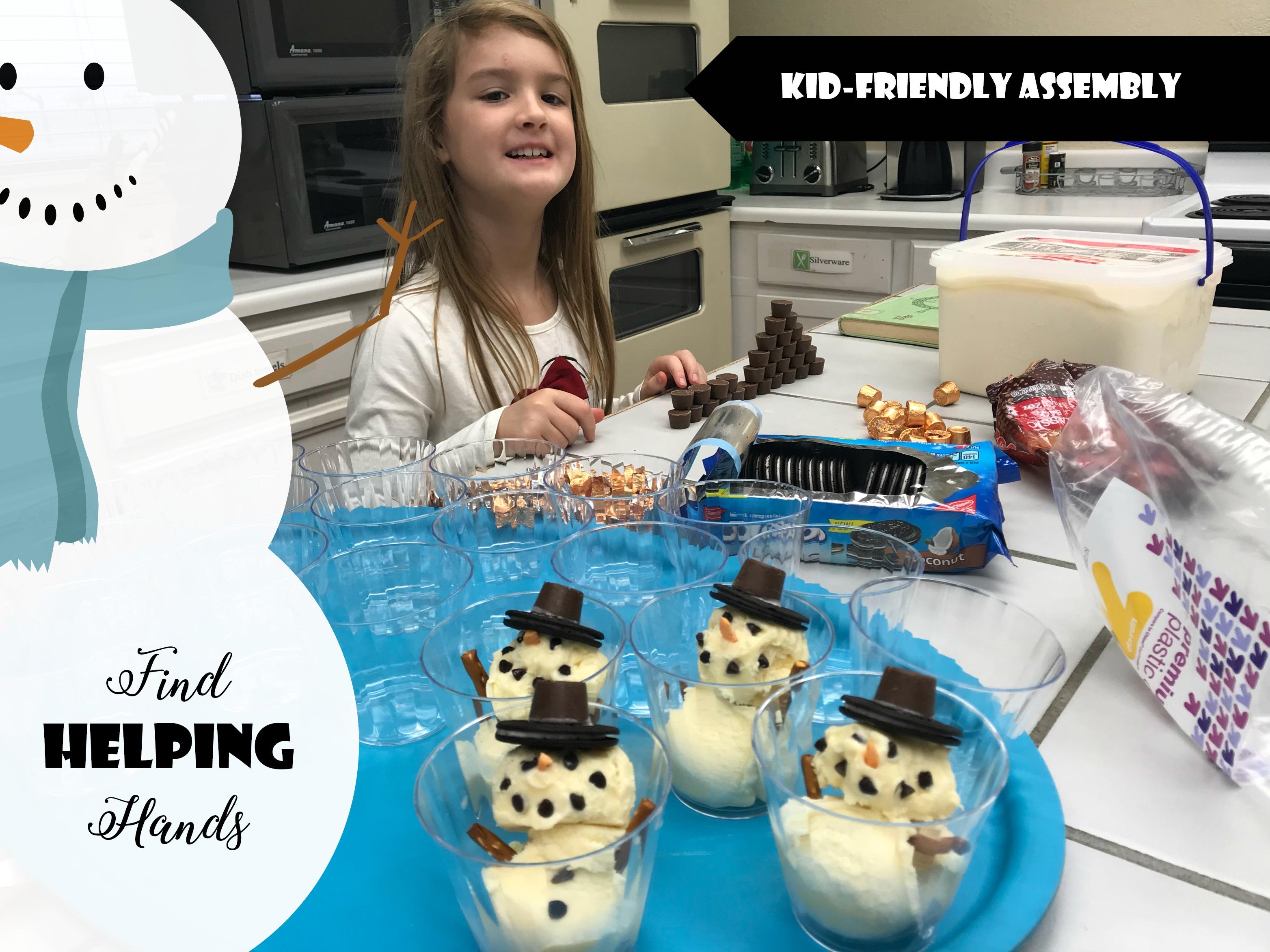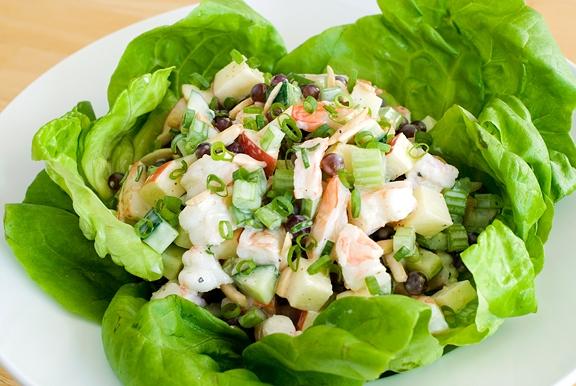Creating a balanced meal plan for kids can often feel like navigating a maze, especially with the myriad of nutritional advice available. As parents and caregivers, we all want to ensure our children are receiving the right nutrients to fuel their growth, development, and energy needs. Yet, the challenge lies in balancing these nutritional demands with the realities of busy schedules, picky eating habits, and ever-changing tastes. In this guide, we’ll explore practical and empathetic strategies to craft a meal plan that not only nourishes but also delights. By understanding the essentials of a balanced diet and incorporating flexible approaches, you can foster healthy eating habits that will benefit your children for a lifetime. Whether you’re dealing with a toddler who turns their nose up at anything green or a pre-teen with a packed schedule, we’re here to help you find a harmonious approach to meal planning that works for your family.
Understanding Nutritional Needs for Growing Kids
Growing children require a diverse array of nutrients to support their rapid development, both physically and mentally. Creating a balanced meal plan involves incorporating a variety of foods that cater to these nutritional needs. Ensuring that meals are not only nutritious but also appealing to children can be a challenge, yet it’s crucial for establishing healthy eating habits.
- Proteins: Essential for muscle growth and repair. Include lean meats, fish, eggs, and plant-based options like beans and lentils.
- Carbohydrates: The primary energy source. Opt for whole grains such as brown rice, whole wheat pasta, and oats.
- Fats: Important for brain development. Include healthy fats like avocados, nuts, and olive oil.
- Vitamins and Minerals: Support overall health and immunity. Ensure a variety of fruits and vegetables are part of daily meals.
- Calcium and Vitamin D: Critical for bone health. Incorporate dairy products or fortified alternatives.
| Food Group | Daily Servings |
|---|---|
| Fruits | 2-3 servings |
| Vegetables | 3-5 servings |
| Proteins | 2-3 servings |
| Grains | 4-6 servings |
| Dairy | 2-3 servings |
Adapting portion sizes to the age and activity level of your child is vital. Consider involving them in the meal planning process to foster a positive relationship with food. This not only makes meals more enjoyable but also encourages them to make healthier choices as they grow.

Incorporating Variety and Color into Daily Meals
Engaging kids in a colorful and varied diet can be a fun culinary adventure. When planning meals, aim to include a rainbow of colors in every dish. This not only makes the plate more appealing but also ensures a range of nutrients. For instance, a lunch box could feature red cherry tomatoes, orange carrot sticks, yellow bell peppers, green cucumber slices, and purple grapes. Encourage kids to choose their favorite colors and try new ones each week.
Consider these tips to add diversity and vibrancy to their meals:
- Mix and Match: Combine different fruits in a fruit salad or create a colorful veggie platter.
- Sneaky Add-ins: Blend spinach or kale into smoothies for a green twist without compromising on taste.
- Experiment with Grains: Use a variety of grains like quinoa, barley, or bulgur to introduce new textures.
Here’s a simple table to help visualize a week’s worth of colorful snacks:
| Day | Snack Idea | Main Color |
|---|---|---|
| Monday | Berry Yogurt Parfait | Red |
| Tuesday | Carrot and Hummus | Orange |
| Wednesday | Cucumber Sushi Rolls | Green |
| Thursday | Banana Slices with Almond Butter | Yellow |
| Friday | Blueberry Muffins | Blue |

Crafting a Weekly Meal Plan with Kid-Friendly Recipes
Designing a meal plan that appeals to kids while ensuring they receive all the essential nutrients can be a delightful challenge. The key is to incorporate variety and creativity in your weekly menu. Here are some ideas to get you started:
- Colorful Veggie Wraps: Use whole grain wraps filled with a rainbow of vegetables like carrots, bell peppers, and spinach. Add a spread of hummus or avocado for extra flavor.
- Mini Pizza Night: Let kids choose their toppings for mini whole-wheat pizzas. Options like tomatoes, cheese, and olives can make this meal both fun and nutritious.
- Fruit and Yogurt Parfaits: Layer yogurt with various fruits and a sprinkle of granola for a healthy and appealing breakfast or snack.
Balancing taste and nutrition is simpler when you have a structured plan. Here’s a sample table to visualize a balanced weekly meal plan:
| Day | Breakfast | Lunch | Dinner |
|---|---|---|---|
| Monday | Oatmeal with berries | Chicken salad wrap | Grilled salmon with veggies |
| Tuesday | Smoothie bowl | Turkey and cheese sandwich | Spaghetti with tomato sauce |
| Wednesday | Whole grain pancakes | Veggie stir-fry | Baked chicken with sweet potatoes |
Involve your children in the meal planning process. Allowing them to pick out recipes or select from a few healthy options can make them more enthusiastic about trying new foods. Remember, the goal is to make meals both enjoyable and nutritious for the whole family!

Encouraging Healthy Eating Habits with Fun and Engagement
Introducing children to the joys of healthy eating can be both an educational and enjoyable experience. One of the most effective ways to do this is by involving them in the meal planning process. Let your kids pick out colorful vegetables or choose a new fruit to try each week. This involvement not only teaches them about nutrition but also helps them feel empowered and excited about their meals.
- Make it a Game: Create a fun game where each family member gets to choose an ingredient for the week’s menu. This can lead to exciting new meal combinations and encourages children to try different foods.
- Colorful Plates: Aim for a rainbow on their plate. Encourage kids to include at least three different colors in their meals, making it visually appealing and nutritionally balanced.
- Story Time: Share stories about where food comes from or fun facts about different ingredients. This can spark curiosity and make them more eager to taste new dishes.
| Food Group | Examples |
|---|---|
| Proteins | Chicken, Beans, Eggs |
| Vegetables | Broccoli, Carrots, Spinach |
| Fruits | Apples, Bananas, Grapes |
| Grains | Whole Wheat Bread, Rice, Quinoa |
| Dairy | Milk, Cheese, Yogurt |
Remember, the goal is to create a positive association with food. Celebrate small victories when they try something new and continue to encourage them. By turning meal planning into a fun and engaging activity, you’re laying the foundation for lifelong healthy eating habits.








































